As six nations fever hits the streets of Cardiff for yet another weekend, the gulf in opportunities for men and women in rugby still need addressing.
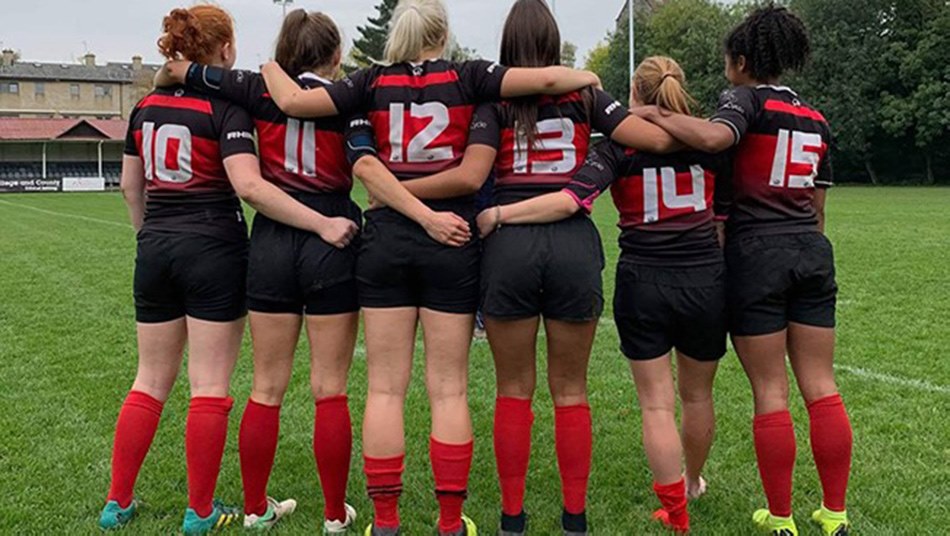
During the mad excitement of six nations season, the men’s national side sells out the 75,000-seater Principality Stadium.
Outside the ground, the streets, pubs and chatter of Cardiff is filled with expectant and passionate fans adorning Welsh flags and daffodils. To them, and on days like these, nothing else except singing the anthem in unison and cheering on Alun Wyn Jones’s side seems to matter.
On the flip side, the women’s team play at the neighbouring BT Sport Cardiff Arms Park, a venue hosting 12,000. Outside the ground, and walking the streets of Cardiff, you would be forgiven for not realising that an encounter was taking place.
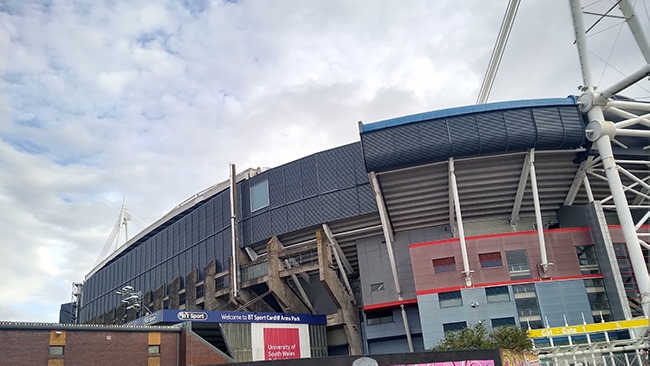
And this disparity in attendance figures at the professional level only scrapes the surface of the inequalities faced by females in the game.
“The support is so different. Nobody ever comes to watch us,” argues Ella Plunkett, a member of the Cardiff University Ladies Rugby Club.
For Ella and countless other girls growing up, there were not any local clubs to join, meaning her first chance of playing the game she is so passionate about came at University.
And the lack of opportunities for young girls in schools is one of the games’ biggest issues.
“I feel like for a lot of schools it’s only for boys, and we have netball,” says Lucy Davalou, another member of the University club.
Although the below statistics are a damning indictment of the gender disparity at school level, things are slowly changing.
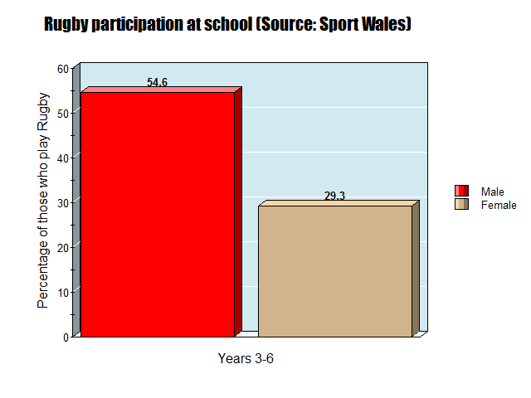

Lucy Davalou and teammate Karolina Thomas, indeed, were luckier than Ella. The former comes from the south of France, which had big teams and offered her lots of opportunities to play. The latter comes from a small English town but was able to join a club without great difficulty from a young age since one of the coaches’ daughters played.
And, fortunately, these opportunities for young girls are increasingly commonplace.
“You can even tell that at University with every new cohort that comes in. Our freshers this year has been very strong,” argues Ella.
There has also been a marked profileration in recent years of clubs with women’s teams in Wales, whether that be at junior or senior level.
The map below shows the teams of the top three divisions in Women’s Rugby in Wales: The Women’s Premier League, the North Wales division and the Women’s Merit Table.
The recent increase in participation of girls in rugby notwithstanding, structural gender inequality is still one of the biggest obstacles to the sport’s development and progress.
One of the main factors which currently inhibits girls from joining clubs is the lack of specialist, female specific equipment on the market.
“It’s really difficult for women to find rugby boots around Cardiff. Whatever shop you go to, they are like £80, they go from size 5 and a half straight to 7 or 8 and they are always in the men’s section. The same goes for shorts and normal equipment for women’s rugby,” explains Lucy Davalou.
And although rugby union also has an clear problem regarding equal prize money, it is the simple things such as boots and equipment which really hamper opportunities for girls in Wales.
The Scottish and Welsh national sides have also complained about the awful treatment they have received in recent weeks and months. Among these complaints include a lack of sanitary bins in the changing rooms, the wrong size shirts, a lower standard of food provision than the men and even remarks on the women’s use of make-up, as reported in The Telegraph.
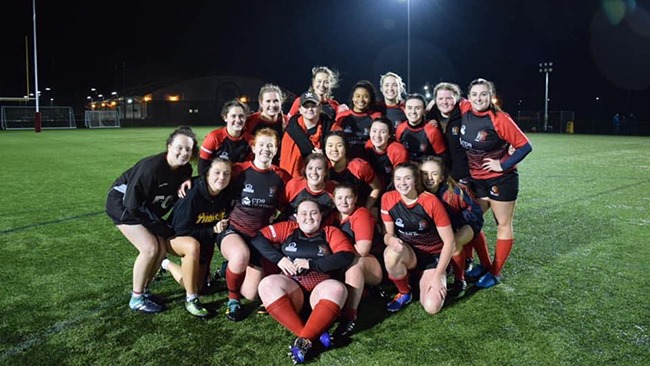
If clubs, equipment and
facilities are evidence of a financial inequality within the game, then the way
women are treated by some men must also be highlighted.
Karolina Thomas argues
that they are constantly treated like the sport is not as good as their male
counterparts.
“Well they [men who
criticise women’s sport] should come and watch a game and then they can judge.
But most of them don’t ever watch us and just judge because that is the banter
between them,” states Lucy Davalou.
“Even if you watched the Varsity game
from last year. The women’s rugby game was a really good close game, but the
men’s match was quite boring,” adds Emma Towns, another teammate.
Despite these aforementioned latent structural inequalities,
recent improvements have been made, including an expansion in female
participation in schools and an announcement that the RFU (the
governing body of Rugby in England) and Leeds Beckett University will study how
the menstrual cycle affects female rugby players in order to optimise
performance levels.
Although gender inequality in rugby
goes far beyond the choice of stadium, the setting of the Six Nations ties for
men and women does, in a way, tell its own story. .
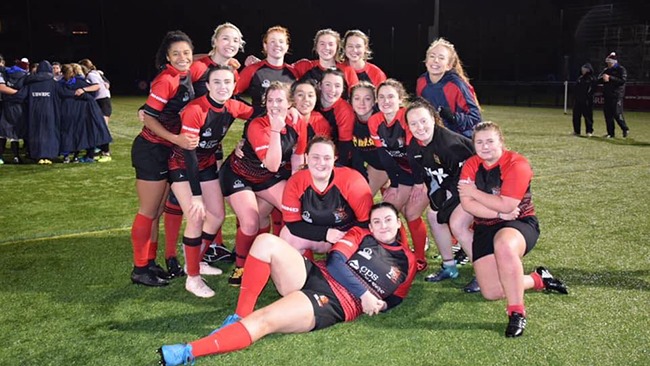
It symbolises the very different attitude, investment and priority given to women’s and men’s sport.
This, in turn, feeds its way down into other issues prohibiting the development of the women’s game: sporting equipment, facilities, clubs and opportunities at school.
And although the above issues need to be addressed first, and she argues that the game has developed and progressed over the years, Karolina Thomas’ dream is the same as all Welsh female rugby players:
“I just hope one day we are treated at the same level as the men, so that the national team would be playing in the Principality rather than the Arms Park.”
